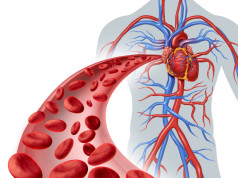Thanks to lower unemployment and gas prices, U.S. traffic is worse than it’s ever been. And as anyone who lives in the Washington D.C. area will attest, the D.C. area is the gridlock capital of the U.S. in more ways than one.
Now, a new interactive map showing bicycle collisions in the District over the last few years might make some commuters wary of biking to and from work. This November, Kate Rabinowitz of data-mapping site DataLens released a digital map showing the frequency of collisions involving cyclists between 2006 and 2013. Unfortunately for cyclists, the map shows a disturbing increase in the number of accidents.
Researchers with Texas A and M University’s Transportation Institute found that traffic and gridlock cost the U.S. economy $121 billion in 2011 from lost work hours, while also wasting three billion gallons of gas. And according to the annual Texas A and M Urban Mobility Scorecard, Washington D.C. really does have the worst gridlock in the country. In 2014, auto commuters suffered through an average of 82 hours of traffic delays.That’s just one reason some D.C. residents have opted to bike when they can. After creating the interactive cyclist collision map, Rabinowitz is worried it will scare people from biking to work. Rabinowitz says that the map doesn’t take into account overall increases in bike ridership, which has gone up since 2006.
“Without a companion ridership, it’s easy to see, oh my god, this is so deadly,” Rabinowitz said. “That’s a little scary, and of course, not true.”
For cyclist commuters looking to avoid particularly dangerous areas, the map shows a high concentration of collisions downtown and on 14th Street. The map was created using data from the District Department of Transportation, and is a result of an event called HackShop.
HackShop brings together local hackers and coders to provide helpful information using public DDOT data sets.
“We came up with the idea of local data hacked locally,” Rabinowitz says. “To kind of push the conversation forward and push it down to everyday citizens who don’t necessarily have data skills.”
























